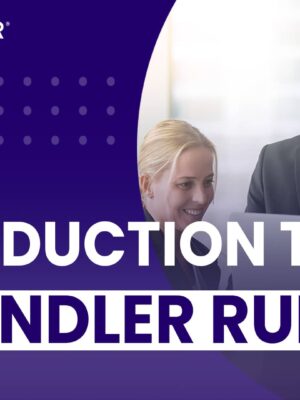Salespeople: Breaking the News About a Price Increase? Whatever You Do, Avoid These Five Common Mistakes

Price increases: they happen. Let’s face it, they’re part of business. But communicating about them effectively with buyers isn’t always something salespeople are given a lot of guidance on. As a result, they often make mistakes that can alienate, or in extreme cases lose, customers and clients.
Below, a quick summary of the five most common mistakes sales pros make in this critical area… and what to do instead.
Mistake #1: Waiting for the customer to bring up the subject of price.
Be proactive and bring up the increase yourself. This will give you control over the narrative, allowing you to frame the issue positively and focus on the added value.
Mistake #2: Not planning the discussion ahead of time.
Before raising the issue of the price increase, take a little time to plan. Figure out the reasons behind the change in price. Are there increased costs of materials, enhanced features of the product or service, or inflationary pressures?
Try to get a sense of whether your competitors are raising their prices (or are already higher). It’s absolutely essential that you understand what has led to the price increase, and just as essential that you reach a point of personal confidence that the product/service you are selling is worth the new price. (If you don’t think it is, it’s time for a discussion about that with your manager.)
Anticipate the kinds of questions and comments you are likely to hear from your contact.
Be prepared to respond – not react – to those questions, and practice transitioning the conversation to the quantifiable value you and your team deliver. Be prepared to explain that value if you haven’t done so already, or to re-explain it if necessary.
Figure out what’s good about this – from the buyer’s point of view. Something is, starting with the deepening of the business relationship and the improvement of communication within it! Map out this discussion until you are confident you can conduct it objectively. Consider role-playing it with your manager.
Mistake #3: Getting sidetracked or emotionally involved.
Your goal is always to confidently redirect the conversation back to the value you deliver, no matter what distractions arise. The key words there are “value” and “confidently.”
It’s absolutely essential to maintain your personal confidence in the value you deliver during this discussion. Any sign of hesitance or fear in delivering the price can give the customer a reason to demand concessions. Stay on-topic.
Remember: If you believe your product or service is worth the new price, the customer is more likely to believe it as well.
Mistake #4: Not playing straight.
Throughout this discussion, be upfront and honest about the increase. Honesty is paramount in maintaining trust.
Clearly explain the reasons behind the increase; be direct about how it will affect them. The key here is to use that honesty as a starting point for communicating just as honestly about value. Explain any improvements or benefits the customer will receive as a result of this increase.
Be just as clear about any personal commitments you are making to make sure the relationship continues to deliver value for your contact. Be disarmingly honest at all times; do not try to hide what is happening.
Mistake #5: Not talking about ROI, pain removed, and value identification.
Use your understanding of the customer’s needs, also known as ‘pain points’, to show how the increased price still offers them significant or greater value.
Discuss how your product or service will continue to solve their unique problems. Work out the ROI they will achieve, as well as the added benefits they will receive that are not available elsewhere.
Do what you need to do to focus this discussion on the value delivered, rather than just the cost. They may be thinking about price; your job is to help them think about value.
No, not every client will react positively to a price increase. But if you are empathetic and understanding when they share their concerns, and if you reaffirm your commitment to their success, you may be surprised how many people will reach a point of comfort with the decision relatively quickly.
Very often, the customer just wants to know you can be trusted. Make sure you can, and the rest will usually take care of itself.








